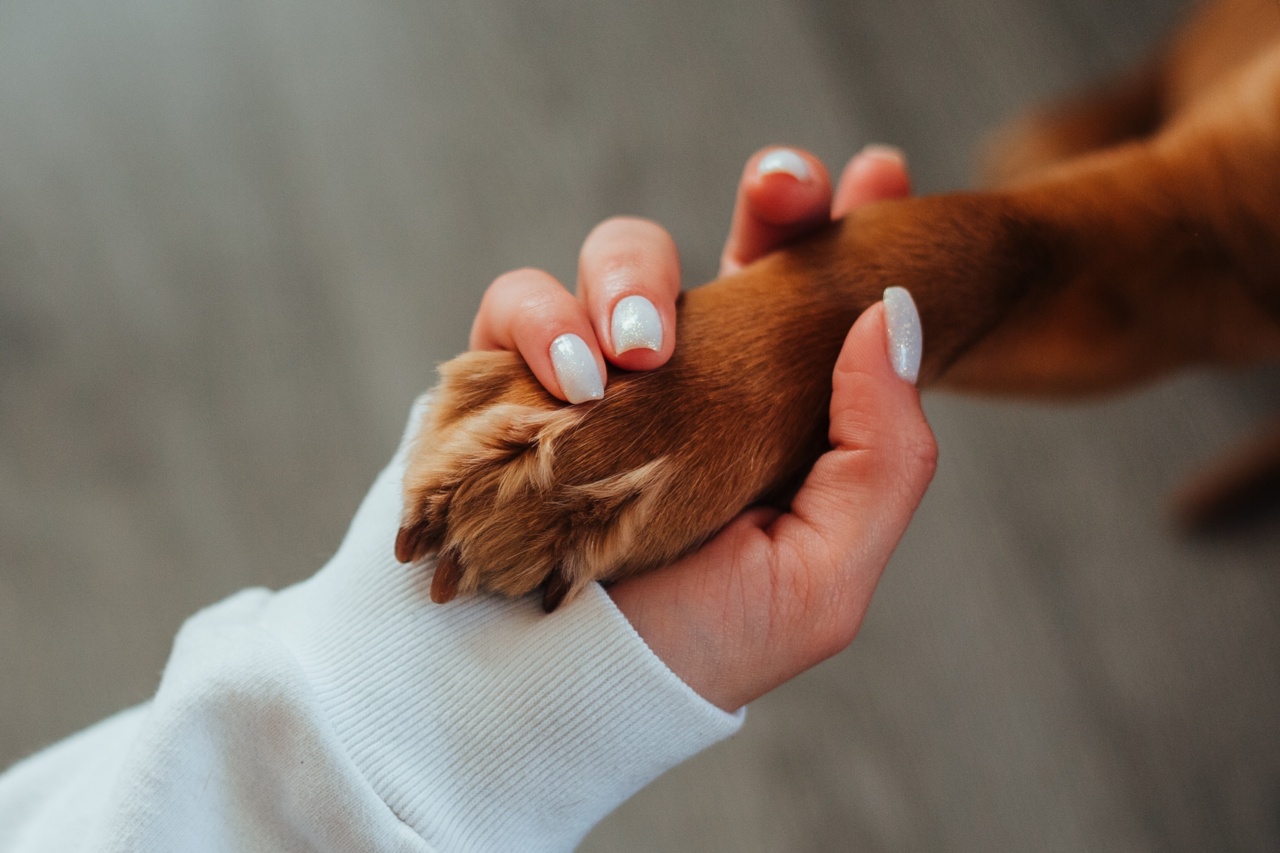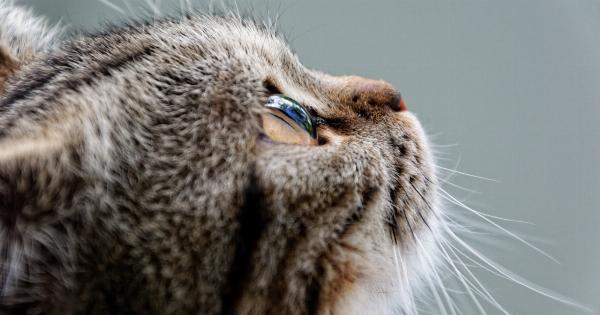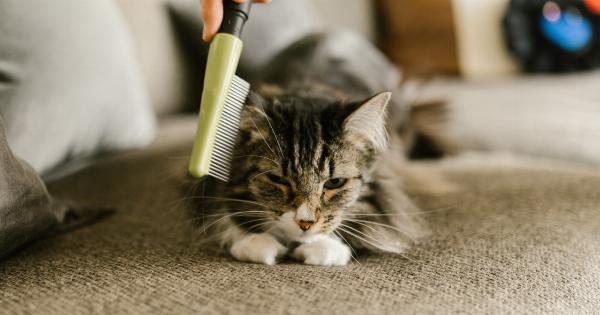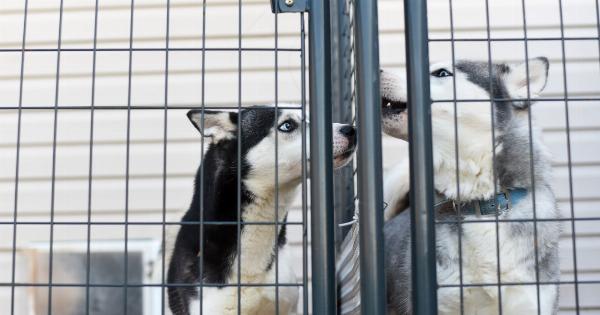Pet ownership is a rewarding experience and comes with many responsibilities, including ensuring they receive the necessary medical care. As a result, pet owners often incur significant expenses in maintaining the health of their pets.
While some countries offer subsidized veterinary care, the majority of pet owners have to seek veterinary services independently, leading to a direct effect on animal care. The Pet’s Bill is a factor that impacts the cost and quality of veterinary care and animal welfare. This article will examine the Pet’s Bill and its impact on animal care.
What is the Pet’s Bill?
The Pet’s Bill is an accumulation of expenses associated with maintaining a pet’s good health. It includes costs such as food, medication, and various medical procedures.
In the United States, the average cost of pet ownership ranges from $600 to $900 annually for dogs and $400 to $700 for cats. The Pet’s Bill can, however, be much higher for pets that require intensive medical care. The accumulation of these expenses over time can contribute to the financial burden and strain on pet owners.
The Impact of the Pet’s Bill on Animal Welfare
The Pet’s Bill can significantly impact animals’ welfare, particularly those from low-income households. Financial constraints can make it difficult for pet owners to access veterinary services.
As a result, pets may not receive the necessary care, and their health may deteriorate. Lack of proper care can lead to complications that may be fatal to the animal. Moreover, financial challenges can force pet owners to relinquish their pets or abandon them, leading to increased rates of animal euthanasia or strays.
Therefore, the Pet’s Bill can impact animal welfare and contribute to the pet overpopulation crisis.
How the Pet’s Bill Impacts the Cost of Veterinary Care
The cost of veterinary care has increased over the years, mainly due to advancements in technology and an increase in pet ownership. Additionally, the veterinarians’ cost of education and training has also risen.
These factors have led to increases in veterinary fees, making it more challenging for pet owners to afford veterinary services. As a result, pet owners may postpone or avoid seeking veterinary care, leading to adverse pet health outcomes. Consequently, the Pet’s Bill can impact animal care by affecting veterinary services’ affordability, quality, and availability.
The Effect of the Pet’s Bill on Preventive Care
Preventive care is an essential aspect of maintaining pet health. Preventive care measures include regular veterinary checkups, vaccinations, and early disease detection.
Preventive care aims to identify, prevent, or treat health problems before they progress to more severe health issues. However, the Pet’s Bill can be a hindrance to seeking preventive care, as pet owners focus on more pressing financial obligations. Postponement of preventive care can lead to more expensive and severe health problems that require intensive treatment.
As a result, the Pet’s Bill can significantly impact pet health and welfare by influencing preventive care access and uptake.
The Role of Pet Insurance in the Pet’s Bill
Pet insurance is one option that pet owners can use to manage the Pet’s Bill. Pet insurance is a contract where pet owners pay a set fee to an insurer that agrees to cover veterinary bills should the pet fall sick or get injured.
Pet insurance can help lessen the burden of veterinary expenses and ensure pets receive proper care. Moreover, pet insurance encourages pet owners to seek preventive care and veterinary services promptly. Pet insurance can play a vital role in mitigating the Pet’s Bill’s impact on animal care and welfare.
How to Manage the Pet’s Bill
There are several ways that pet owners can manage the Pet’s Bill without compromising their pets’ welfare. One method is budgeting for the pet’s expenses as early as possible.
Budgeting early allows pet owners to spread out expenses and manage their finances. Another approach is to minimize veterinary expenses through preventive care. Regular veterinary checkups, vaccinations, and simple home health measures can minimize the likelihood of costly veterinary expenses.
Pet owners can also consider pet insurance as a way to mitigate the cost of veterinary expenses. Additionally, seeking veterinary services from low-cost clinics or animal shelters can help reduce the cost of veterinary services.
The Bottom Line
The Pet’s Bill is an essential aspect of pet ownership that directly impacts animal care and welfare. Financial constraints can make it difficult for pet owners to access veterinary services, contributing to the pet overpopulation crisis.
Moreover, the Pet’s Bill can impact the affordability, availability, and quality of veterinary care, leading to adverse pet health outcomes. Pet owners can manage the Pet’s Bill by budgeting for the pet’s expenses, seeking preventive care, and considering pet insurance. In conclusion, managing the Pet’s Bill is crucial in ensuring pet health and welfare.




























